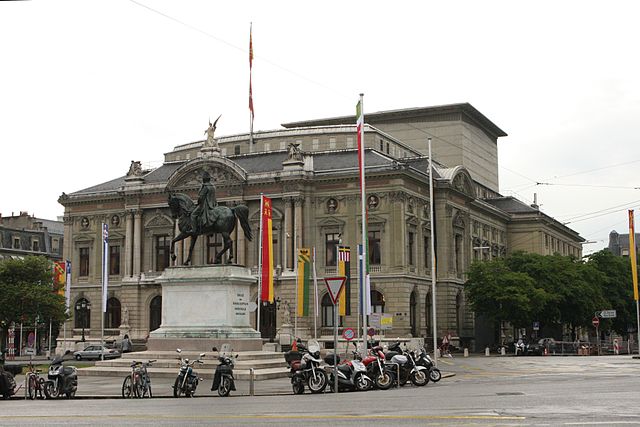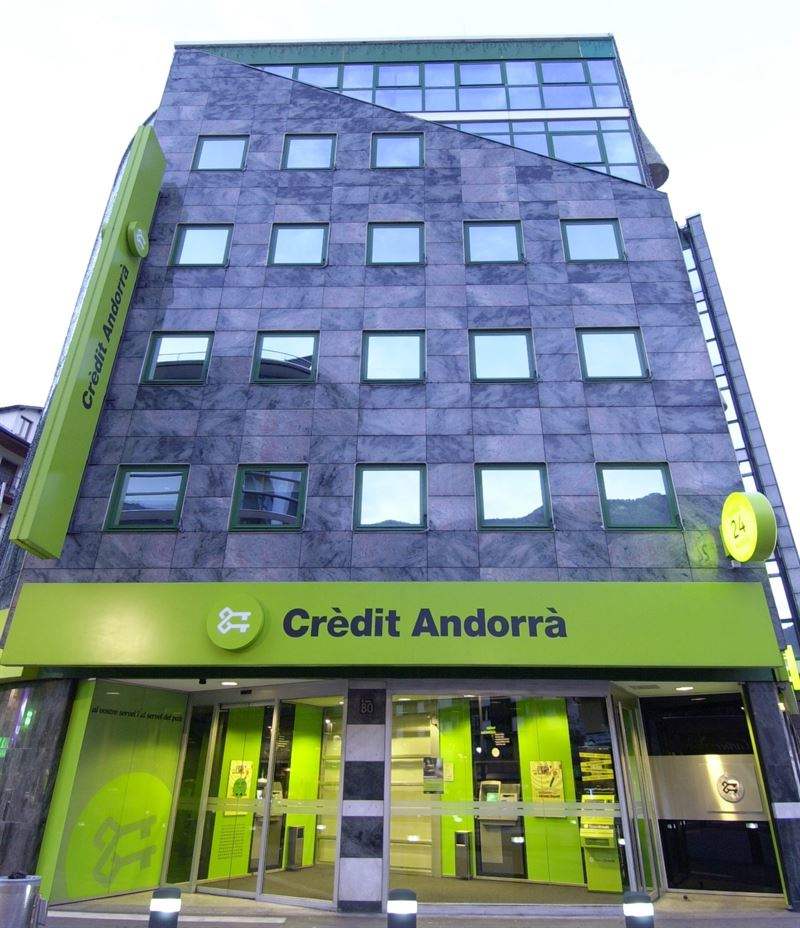Data continues to point to the broadest synchronised expansion the world has experienced in more than a decade as advanced and emerging markets continue to gain momentum. Labour markets are recovering at a rapid pace and, although the unemployment rate in Europe is still above pre-crisis lows, in the US, it has reached a low of 4.1% and in Japan, it sits at just 2.8%. And yet, inflation is oddly muted. Indeed, the average inflation rate in the OECD countries is 1.5%, down from 2.2% in 2012 and well below central banks’ official target of 2%. How is this possible, also considering that the balance sheets of the four largest central banks have exploded to USD 14 trillion in assets?
The first explanation could be that the recovery has been slow. Growth rates are still below pre-crisis levels as investment, trade and, to a lesser extent, consumption have lagged. As for labour markets, in the US for example, one reason why the tight labour market has not led to a sharp acceleration in wage growth is that the fall in the unemployment rate is the result of a change in labour supply as a large number of baby boomers have retired, thereby reducing the participation rate. This has also impacted wage growth because the pay checks of retirees are likely to have been higher than those of entrant workers. Moreover, what really impacts inflation is unit labour costs and not nominal or real wage growth and the recent improvement in productivity has allowed unit labour costs to fall over the past year. Finally, although quantitative easing and ultra-low interest rates have succeeded to boost financial asset prices, they have failed to lift inflation. This is due to the extreme slack the financial crisis caused in the economy. Slack which today is far lower as economies have recovered.
An undeniable cap on inflation also comes from exchange rate variations. The dollar, for example, impacts headline inflation through its direct impact on commodities but it also affects core inflation which excludes energy and food. A rise in the dollar makes foreign imported goods cheaper, thus increasing competition for domestic producers which pressurises them to reduce prices. The 26% rise in the dollar from mid-2014 to end 2016 and the 60% drop in oil prices during that same period were therefore much to blame for the low level of prices.
More structural factors such as disruptive technologies and globalization have also played a role in capping prices. E-commerce companies, Airbnb and Uber have enabled more price transparency as well as an additional supply of goods and services for clients, thus leading to slower inflation. Worldwide integration has given firms the possibility to move their production facilities across borders at lower costs. However, does this benefit consumers or the firms’ profit margins? And although all these topics seem reasonable, research has shown only a reduced impact on inflation.
Surprisingly, the most important driver for inflation are inflation expectations. Surprisingly also, they are backward looking as they seem to be correlated with recent or coincident inflation. The most likely outcome therefore continues to be low levels in inflation. But let’s not forget that inflation is a lagging indicator. While the correlation between core CPI and GDP growth over the last twenty years is only around 5%, when GDP growth is lagged by six quarters, the correlation jumps to 80%. The stronger growth which started in the second half of 2016 should therefore start to impact inflation soon. Moreover, a further depreciation of the dollar or a persistent spike in oil prices are possible risks. Even though inflation has continued to fall below expectations, we could be reaching an inflection point and we may see inflation trend higher. Hopefully it will be at a controlled pace!
Column by Jadwiga Kitovitz eis head of Equity and Institutional Clients at Crèdit Andorrà Asset Management – Crèdit Andorrà Financial Group Research.




 For Fórmate a Fondo
For Fórmate a Fondo
